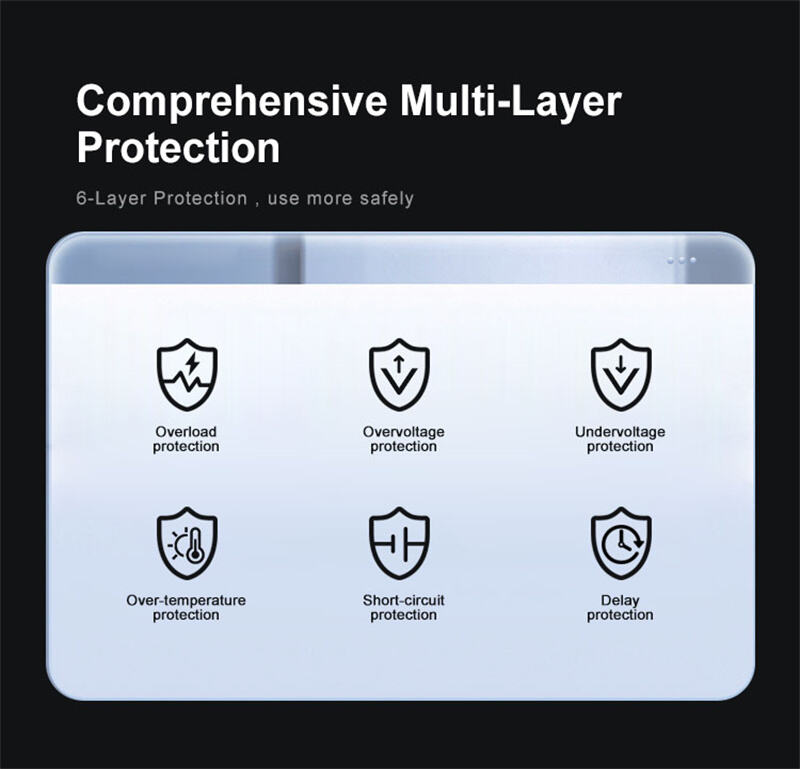Suppose you have a very complicated, fragile devices that only operates exactly as it should under certain special conditions. Now, make its supply of power completely erratic, flowing with destructive energy one second and fizzling into impotency the next. This is what constantly occurs with our electronic devices, from cellphone to laptop computer, fighting the flawed world of electricity. Yet the unsung hero that is all that stands between this disorder and the safety of your device is the voltage regulator.
What is Voltage Regulator and Why We Need It
A voltage regulator is a circuit or device which maintains a constant voltage, either by varying the resistance between the "adjustable" terminal and ground, or through some type of emitter/source follower. It primarily serves as a protective shell. The power your device receives, be it a wall outlet or battery power, is neither clean nor steady. It may get hit with voltage spikes, shrinks in voltage and all sorts of electrical noise. Without a control, these variations would be fatal. A sudden jolt in voltage could fry delicate microchips and components, while a drop in voltage could make the device reset, act erratically or simply not power on. The voltage regulator receives this erratic injection; trims away the component noise and supplies clean, stable voltage that the internal parts can utilize for safe steady operation. It is the original building block of all modern electronics, and why devices last so long without failure.

The Most Basic Fact Of Regulation
A voltage regulator, at the most basic level, works off of a concept of feedback and subtraction (This is similar to how in reality a heating system thermostat controls the heater). It watches its output voltage all the time. It corrects this immediately it detects any form of discrepancy between the output and what it is supposed to be (either a new voltage on the input, or the machine using less/more power). This is commonly done in terms of an internal reference voltage. In case the v-out voltage is excessive, the regulator will burn off the excess power (or diminish the current), all of its switched currents a few microseconds in short circuit mode until the lout voltage comes low enough. In case the volume is not sufficient, it comes in to increase flow so that it is pumped back up to the previous level. This kind of full-time babysitting and all those little fine tunings can be made by millions of tries a second and therefore you have a stable state of electrical conditions regardless of the drama gaming out on that input side.
Types of Voltage Stabilizers and Their Applications
Regulators are just not all created equal and they basically fall into one of two types with unique benefits. The first of these is the linear regulator. Hands down one of the simplest and cleanest is a linear regulator. These work by burning off extra voltage. They work very well for low-noise and low power applications, like audio or sensor interfaces. But their main disadvantage is inefficiency as they are used, particularly when there is a great differential in voltage between input and output, in which case the excess energy is transformed into heat.
The second main variety is the switching regulator. These are more complicated and far more effective. Rather than burning off any extra voltage, a switching regulator toggles the flow of current on and off very quickly then uses components like inductors and capacitors to smooth the pulsed energy into a steady voltage. This method reduces the amount of energy wasting as heat and makes switching regulators appropriate to be used in battery-driven appliances, and some other equipments in the home appliances like a computer motherboard. Disadvantage can also be they can generate electrical noise that must be countered by well-considered circuit design.

Here’s a List of Common Threats, and How a Regulator Protects Your Devices
The electronics are fighting a number of invisible foes that are fought by a voltage regulator. When there is a sudden yet short increase in the voltage it can be referred to as voltage surges which can be caused by power coming back after outage, or other appliances switching on and off. These are able to kill semiconductor devices instantly. The regulator then clamps on these spikes. Voltage sags are partial variations in voltage, which, in its turn, may reset a microcontroller. The referee plays the role of maintaining the desired pressure. Moreover, electrical noise (e.g. Radio Frequency Interference or RFI) of other electronic devices and radio frequencies can get into the interface and break a clean signal path needed by both a digital logic and an analog sensor. This high-frequency noise is eliminated by regulators, in particular linear ones, to provide the device with a clean signal.
Choosing and Maintaining Your Electronics
However, armed with a little knowledge, such as the relevance of voltage regulators, you are likely to make a more intelligent buyer decision. While you won't read 'high-quality voltage regulator' under the feature description, a good one can be deduced by a continuous reputation of reliability and long lifespan of a device. Moreover, the information also highlights the importance of using the power adapters and chargers made by the manufacturers. A cheap, no-name, bargain-bin voltage regulator may not regulate its output properly, and your costly electronics will be left at the mercy of uncontrolled electricity and lose their lives to an early death. By establishing a solid base of power the meek voltage regulator quietly prevents your electronics from experiencing hiccups and crashes, keeping them working effectively while safeguarding your investment – silently protecting in the lurch.
